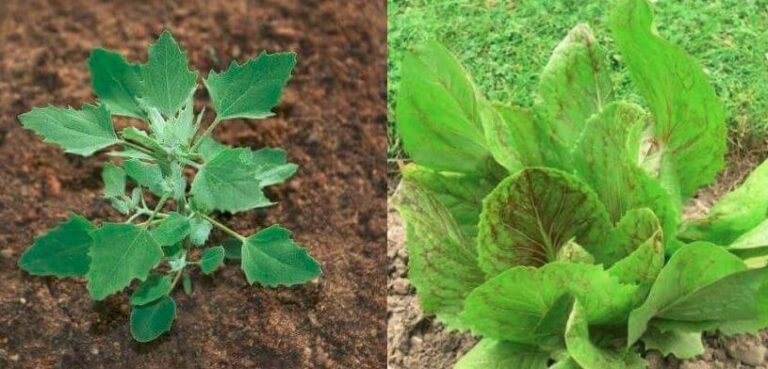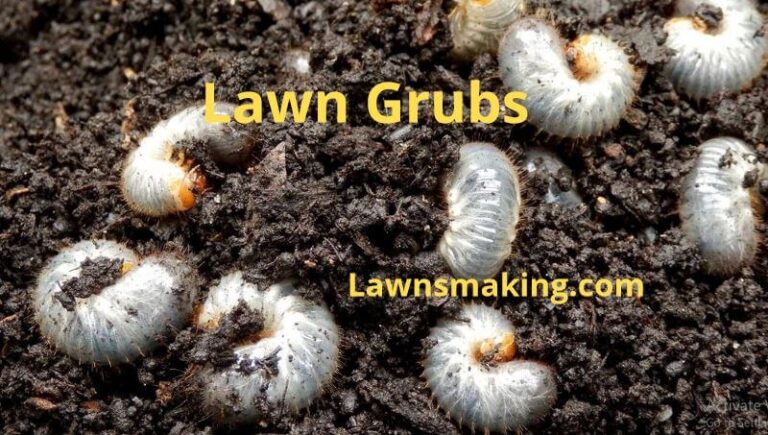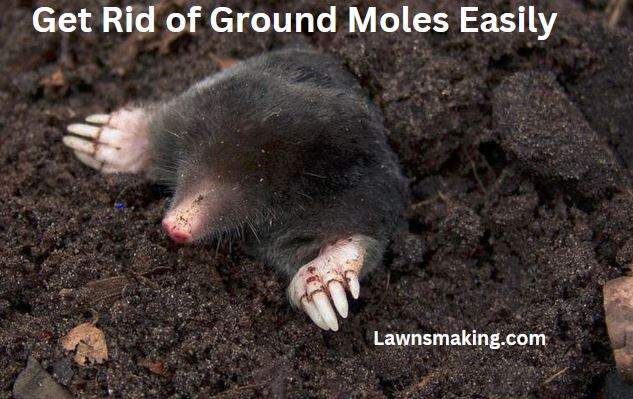
Are ant hills wreaking havoc on your once-lush lawn? The battle between maintaining a pristine lawn and eradicating those pesky ant hills can feel like a never-ending saga. You’re not alone in your frustration; I’ve once been there.
While we all want to eradicate ant hills from our lawns while maintaining precious greenery, most pesticides end up affecting our lawns. Consequently, this leaves us wondering how to get rid of ant hills without killing grass.
In the rest of this article, I’ll guide you on how to get rid of ant hills without killing grass. I share the effective tips I used to get rid of this problem. Keep reading!
3 Ways to Get Rid of Ant Hills Without Killing Grass
Diatomaceous Earth (DE) Application
- Properties: DE is made from fossilized algae and is non-toxic to humans and pets but lethal to ants through dehydration caused by piercing their exoskeletons.
- Application Tips: Spread DE around ant hills and frequent ant paths to effectively control and prevent infestations.
Understanding DE’s Mechanism
According to the National Pesticide Information Center, Diatomaceous Earth works by piercing the exoskeletons of ants with its microscopic sharp molecular structure. This leads to dehydration and eventual death. However, it’s worth noting that this process is effective as long as the DE remains dry.
How to Applying DE

- Initial Application: Sprinkle DE around anthills, along ant trails, and in high-traffic areas where ants are commonly observed. It’s also effective around potential entry points into your home and near indoor food sources.
- Reapplication: DE needs to be reapplied after it gets wet. This is because when it gets wet, it clumps and becomes less effective. Regular reapplication is necessary to maintain control over ant infestations.
Expert Tip: For the best results, consider formulating a mixture of DE, grit, and sugar to create an ant bait. The sugar attracts the ants, and the DE acts upon contact, making this a potent method for ant control near ant hills.
Safety and Precautions
- DE becomes ineffective when wet and can cause respiratory or eye irritation if mishandled. Therefore, when applying DE, avoid inhaling the dust and ensure it does not get into your eyes.
- It’s recommended to use food-grade DE to ensure safety, especially around children and pets.
When applied correctly, Diatomaceous Earth takes less than 24 hours to kill ants. This is because ants have very small exoskeletons.
Find Out: How to Get Rid of Ground Moles With Dawn Soap
Soapy Water Treatment
Mechanism of Soapy Water on Ants
Soapy water is effective against ants because it breaks down their cell membranes and destroys their protective wax coating, leading to dehydration and death.
Additionally, soapy water disrupts the ants’ natural water resistance, causing them to sink and drown. The soap reduces the surface tension of the water, allowing it to enter the ants’ respiratory system, leading to drowning.
Finally, soapy water clogs the spiracles; the tiny openings used by ants to breathe. The result is suffocation and ultimately, death.
Application Methods
- Direct Application: Mix 32 ounces of water and 2 ounces of dish soap in a spray bottle and then spray the mixture directly onto ants. Also, pour the mixture into anthills to target the colony.
- Aggressive Ant Treatment: For aggressive species like fire ants, pour Dawn dish soap directly into the nest, then hose it down to ensure the mixture flows into the colony.
- Area Spray: Use a dish soap and water solution as a spray for areas infested by ants to disrupt their activity and prevent re-infestation.
Considerations and Limitations
- Plant Safety: Be cautious as soap can damage some plants. It’s advisable to test the soapy water on a small area of your lawn or garden to ensure it does not harm your vegetation.
- Reapplication Needed: Soapy water may not be immediately effective; some ants may remain active up to a week after treatment. Regular reapplication is recommended to ensure the colony is eradicated.
Related: How to Kill Weeds With Boiling Water and Salt
Watch the video below if you need a detailed guide on how to get rid of ant hills using soapy water:
Baking Soda or Baby Powder Technique
Application Process and Effects
- Direct Application: Sprinkle baking soda or baby powder directly inside the ant nest or anthill, along ant trails, and in areas with high ant activity. This method suffocates ants by clogging their spiracles.
- Creating Barriers: Establish a perimeter using baking soda or baby powder around outdoor living spaces, potential entry points into your home, and near indoor food sources. This prevents ants from entering these areas.
- Baiting with Baking Soda: For broader ant control, mix equal parts baking soda and powdered sugar. The sugar attracts the ants, and when they ingest the baking soda, it reacts, leading to death.
Considerations and Limitations
- Safety and Environmental Concerns: While baby powder is generally safe and non-intrusive, baking soda can dry out the grass and soil, which may be detrimental to lawn health.
- Maintenance: Both substances are washed away by rain or during routine lawn watering, necessitating frequent reapplications to maintain effectiveness.
Additional Natural Remedies
Other natural ways to get rid of ant hills without killing grass include:
- Spices and Essential Oils: You can sprinkle cayenne or black pepper on ant trails to disrupt their activity. Essential oils like peppermint may require larger quantities but can deter ants effectively.
- Vinegar: Mix 1 part vinegar to 3 parts water and spray the mixture directly to the ants. This burns the exoskeleton of the ants, killing them.
- Lemon juice: Mix 1 part lemon juice to 3 parts water and spray the mixture directly to the ants. It burns the exoskeleton of the ants, killing them.
- Boiling Water: Pouring boiling water over ant hills can immediately kill worker ants, although it might not reach the queen ant.
Understanding Ant Hills and Their Impact on Grass
Ant hills, while often seen as nuisances, play complex roles in the health of your lawn and garden. In this section, let’s discuss how they affect grass and their broader ecological contributions.
Soil Aeration and Nutrient Distribution
Ants are nature’s aerators. They create intricate tunnel systems that help aerate the soil, allowing water and nutrients to reach plant roots more effectively.
Moreover, the tunnels also facilitate the underground movement of organic material, enhancing soil fertility and structure.
Pest Control Agents
Surprisingly, ants help in controlling other pest populations.
By preying on eggs and larvae of harmful insects like fleas and termites, they reduce the need for chemical pesticides, which can harm your lawn.
Impact on Lawn Aesthetics
Despite their benefits, ant hills can disrupt the visual appeal of lawns.
The mounds created by ants can cause soil to dry out faster, potentially leading to patches of dead grass.
Additionally, their preference for building in sunny, well-drained areas can lead to uneven ground, complicating your landscaping efforts.
Attraction of Secondary Pests
Ants can attract other pests, such as aphids, which further damage plants by feeding on sap. This relationship can lead to a cycle of infestation if not managed properly.
Structural Risks and Root Disturbances
The extensive digging associated with ant colonies can sometimes destabilize structures and disturb plant roots. This might lead to more issues like the weakening of porch foundations or damage to underground utilities.
Through understanding the dual nature of ants’ impact—both beneficial and potentially harmful—you can make more informed decisions on managing ant hills in your lawn without resorting to drastic measures that could harm your grass.
Preventive Measures to Keep Ants Away
Now that you know how to get rid of ant hills without killing grass, how can you keep these ants at bay?
Here are some effective ways to prevent ants from entering your lawn:
Maintain a Healthy Lawn
- Lawn Care: Keep the turf healthy by mowing to a height of 3 to 4 inches for cool-season grasses and 2 to 2.5 inches for warm–season grasses. Also, remember to water deeply, and fertilize as recommended. A thick, well-maintained lawn is less attractive to nesting ant queens.
- Raking: Regularly rake the lawn from fall to summer to disrupt ant colonies and reduce their populations.
- Remove Attractants: Quickly clean up food spills and remove water sources to deter ants, which are attracted to food and moisture.
Landscaping and Yard Maintenance
- Trim and Clean: Trim trees and shrubs, and remove dead limbs and decaying matter from your yard to eliminate potential nesting sites.
- Relocate Compost and Trash: Keep compost bins and garbage cans as far away from your lawn as possible to avoid attracting ants with decomposing waste.
Use Natural Barriers and Repellents
- Plant Repellent Species: Plant fragrant plants like lavender, jasmine, and marjoram on the edges of the lawn to naturally repel ants.
- Physical Removal: If you locate an anthill, consider physically moving it to a less problematic area.
Structural Adjustments
- Seal Entry Points: Sealing up points of entry in your home and practicing good sanitation can prevent ants from entering and forming new colonies.
- Professional Treatments: Consider preventive treatments like Supreme IT Insecticide to keep ants away all year long.
By implementing these measures, you can significantly reduce ant activity and prevent the formation of new ant hills in your yard.
Final Thoughts
Maintaining a lush green lawn while effectively managing ant hills is possible with the right strategies. By incorporating the tips outlined in this post, you can reclaim your yard without harming the grass or resorting to harmful chemicals.
Remember, patience and consistency are key as you implement these natural methods. Embrace a harmonious coexistence with nature while preserving the beauty of your lawn.
FAQs
How can I permanently remove ant hills?
You can remove ant hills permanently by destroying the queen and the colony. This often requires persistent treatment and possibly professional pest control services.
What is the best method to treat a lawn infested with ants?
For lawns infested with ants, use a mixture of dish soap and water since it’s eco-friendly. Spray this solution directly onto and around the ant mounds. Avoid using hot water as it can damage your grass.





